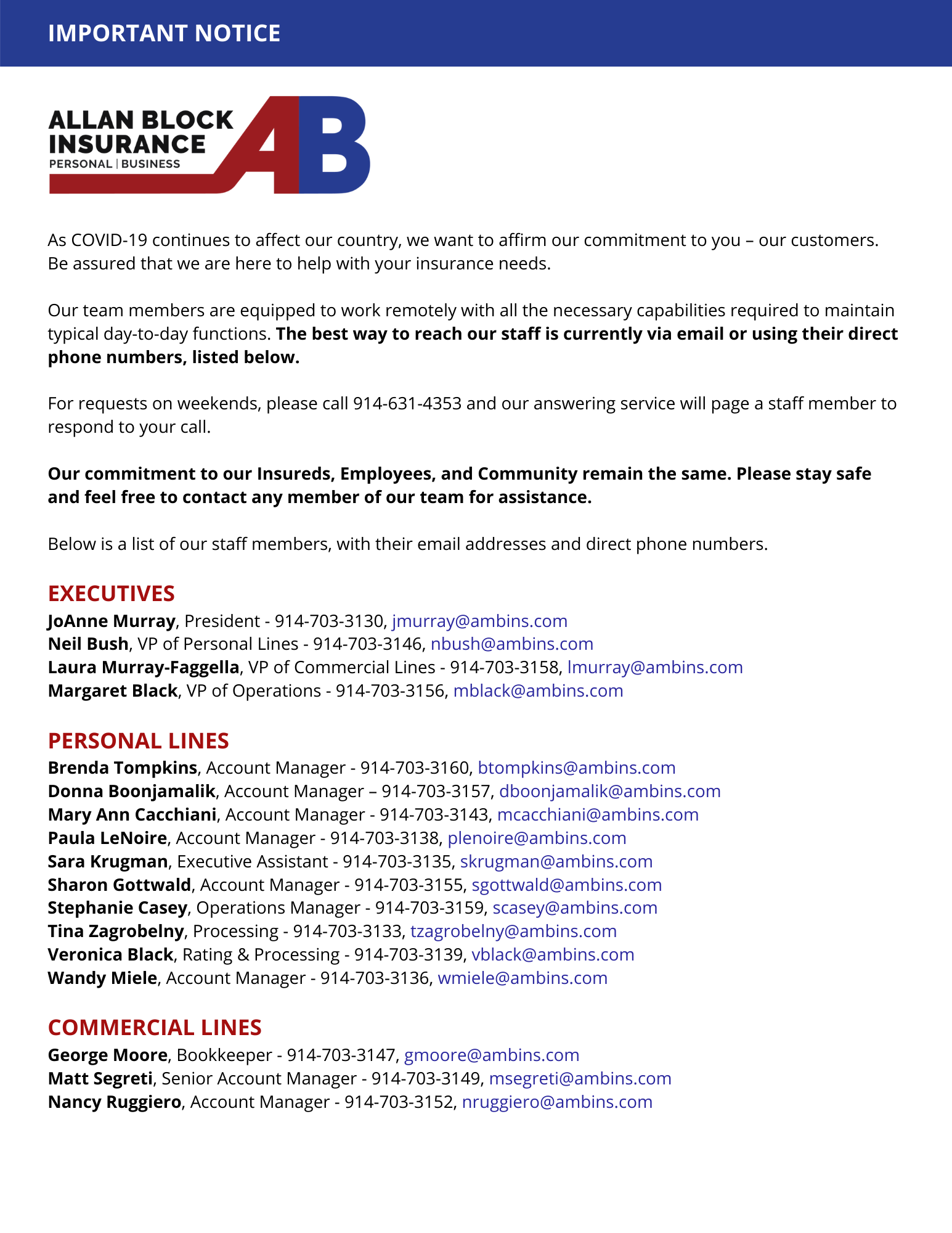Every insurance policy contains an insuring agreement. That agreement plays a major role in describing whether you have coverage for the type of claim you present. The insuring agreement is a contractual description of the risks your policy will cover in exchange for your premium payment. Some policies clearly label your insuring agreement; however, many policies do not.
In a common business owners policy, the insuring agreement is as follows: “We will pay for direct physical loss of or damage to any Covered Property at the premises described in the Declarations caused by or resulting from any Covered Cause of Loss.” The standard commercial general liability policy labels the insuring agreement on Page 1.
When adjusters investigate coverage for a claim, the first wording they review is the insuring agreement. That review guides the adjuster in looking for the type of damages covered by the policy. For example, suppose you’re sued for an employee’s behavior on the job. If your policy’s insuring agreement covers only incidents involving bodily injury or property damage, you probably won’t be covered.
The insuring agreement is the insurer’s description of the types of claims it intends to cover under that policy. While the insuring agreement describes a broad scope of coverage, there will be policy exclusions and definitions that limit your protection, so be careful to understand all the details included in your full policy.
An experienced agent or broker can help you understand the insuring agreement along with any mitigating language in the larger policy. Insurance language is complicated. A knowledgeable agent is crucial.



